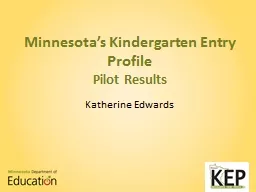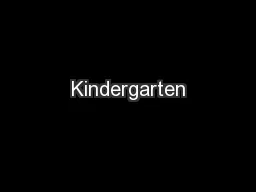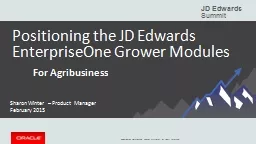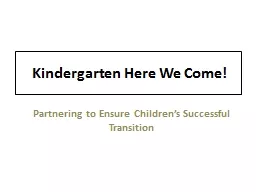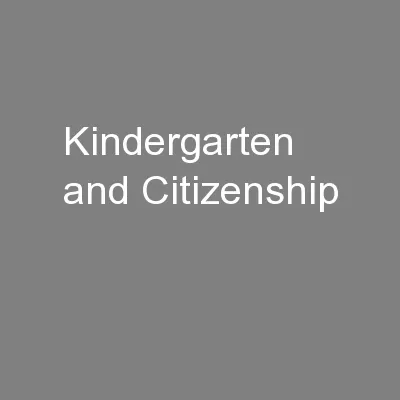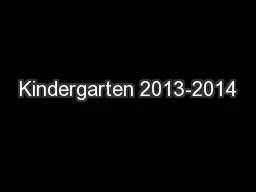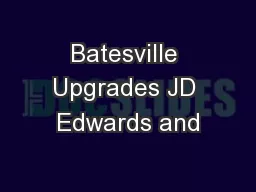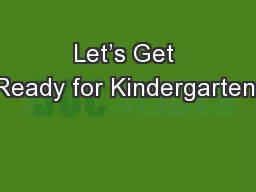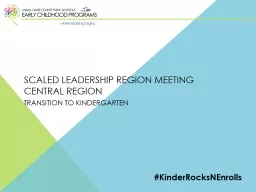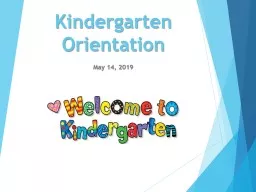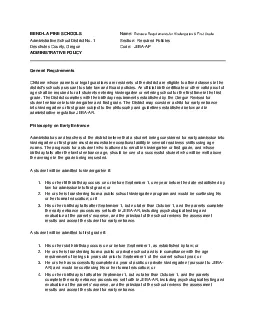PPT-Katherine Edwards Minnesota’s Kindergarten Entry Profile
Author : calandra-battersby | Published Date : 2019-11-27
Katherine Edwards Minnesotas Kindergarten Entry Profile Pilot Results Background on Minnesotas Assessment History Discuss Context of Race to the Top Early Learning
Presentation Embed Code
Download Presentation
Download Presentation The PPT/PDF document "Katherine Edwards Minnesota’s Kinderga..." is the property of its rightful owner. Permission is granted to download and print the materials on this website for personal, non-commercial use only, and to display it on your personal computer provided you do not modify the materials and that you retain all copyright notices contained in the materials. By downloading content from our website, you accept the terms of this agreement.
Katherine Edwards Minnesota’s Kindergarten Entry Profile: Transcript
Download Rules Of Document
"Katherine Edwards Minnesota’s Kindergarten Entry Profile"The content belongs to its owner. You may download and print it for personal use, without modification, and keep all copyright notices. By downloading, you agree to these terms.
Related Documents

